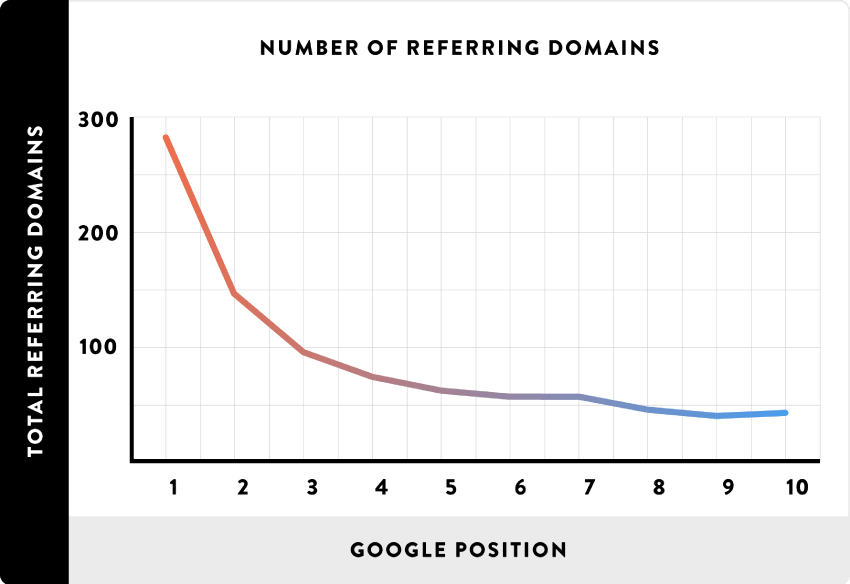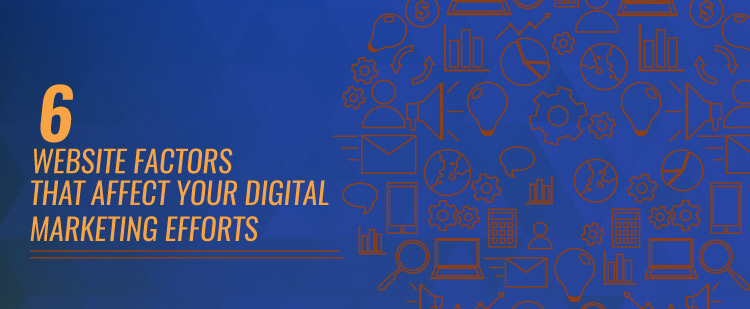Back in the days, deciding to go international was a huge step in a company’s history. Businesses would enter another country only after 10 to 15 years of success in home country.
This is not the case now. Technology has shrunk the world and accelerated growth stages of a company. Today, companies are going international within a year of their business. In fact, start-ups are being launched with vision of a global presence.
Read on if you are spreading your digital presence online and want to know how your SEO efforts should change country to country.
Launching your site in a different country is more than just translating. In fact language is only one part of your site transformation. Sometimes, your site will have to change according to the region even in two English speaking regions. For example, Amazon has different sites for each country. (This is called country targeting).
Follow this checklist to launch your website successfully.
Domain Name viability
There is something that comes even before you figure out your regional hosting, target market and translation. It is your business name feasibility in other countries.
Launching popular Dublin whiskey brand “Irish Mist” was an embarrassing mistake in Germany because ‘Mist’ means manure in German!
It’s important to test your product name, brand name and domain name in another country before you think of implementing SEO strategy. P&G had to change its brand “Mr. Clean” to Flash in Ireland as the name was already taken.
In case of such legal complications and cultural misfit you may want to consider buying a different domain name altogether.
Competitor Market Research
One reason why international SEO strategies fail is because they do not adapt to the different competitive landscape of the new market.
New regions will have new players who could be more competitive or more aggressive in their ad spends.
Besides, Google is not the primary search engine in some countries. China has ‘Baidu’ and Russia has ‘Yandex’ as the most popular search engines.
You will have to find how search results are ranked here and tweak your SEO strategy if you want to launch in these countries.
Looking at the country’s top competitors will give you good idea of what SEO strategy is working. Use tools such as SEMRush and Google Trends to find keywords others are using for successful SEO strategy.
Keyword Research
Keywords are crucial to your SEO strategy. Search terms and context change from country to country depending on products and services.
A search for flights will be more or less similar throughout the world. However, search terms for clothing may be completely different. Soft sport shoes are called ‘sneakers’ in the U.S. and ‘trainers’ in U.K.
This is why going into a new market may mean doing your keyword research all over again.
Never assume the same keyword will work in another country. You will also have to re-purpose your content keeping the new keywords in mind.
Localize Content
The next step after deciding on your keywords is to localize your content of your website.
This includes translation to language, change in currency, metric systems etc.
Translation is a major part of it although you may need to re-position your content in some cases. Remember that different audiences interpret words, messaging, and colors differently. It is advisable to involve local digital marketing firm or consultants to be sure that your brand message is coming across correctly.
Website Structuring
There are various ways to structure your international website. Here is a video of terms you must be familiar with before you consider your options:
Here are some additional terms to know for international SEO:
- Country code top level domain (ccTLD) – these are country specific such as ‘.fr’ for France in ‘www.example.fr’
- Sub-Directory- It is simply a folder on the site. ‘fr’ in ‘www.example.com/fr’
- Sub Domain – A unique subset of the domain name. It appears just before the domain name. ‘www’ in ‘www.example.com’
As of 2018 the international SEO consultants recommend that you use Sub-directories to differentiate country specific sites. This is because Google does not treat this as a separate site and uses your root domain name authority to rank page.
Localization Signals
Google also provides webmasters with various tools to help it rank the right localized page for the intended audience. Here are some tools and signals that your web developer / web master must optimize targeting:
1. Hreflangs – This is an attribute (‘just a part of site code’) which tells Google how different versions of your site are related and which page is meant to be shown in a country / language search.
2. Geo-targeting Settings– You can also set your target country in the country targeting tool in Google Search Console. Select this for site versions that you want to restrict to one country only. Do not set this if you want to target multiple countries with the same site.
3. Backlinks – It would benefit your Germany targeted website if most of its backlinks came from German sites. Backlinks from all over the world could confuse the geo-targeting signals.
4. Server Locations– A server closer to your audience is a signal for targeting the region. This means using a server located in Germany will help to target a Germany target site.
Final Thoughts
We are lucky to live in an era where the whole world is open to businesses old and new. Launching your websites across the globe requires some thought and planning. Checking everything off this list will take your international SEO strategy closer to success.




![90 Link Building Strategies to Use in 2018 [Infographic]](https://wp.jointviews.com/wp-content/uploads/2018/01/featured-image.jpg)



![11 Technical SEO Tips to Boost Your Site’s Rankings [Infographic]](https://wp.jointviews.com/wp-content/uploads/2017/11/info-ftr-img.jpg)





